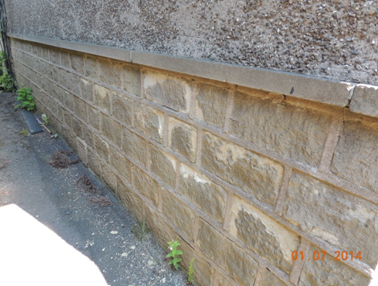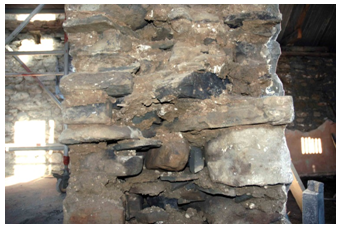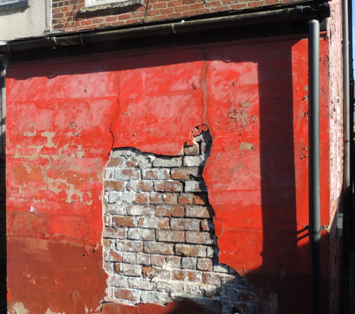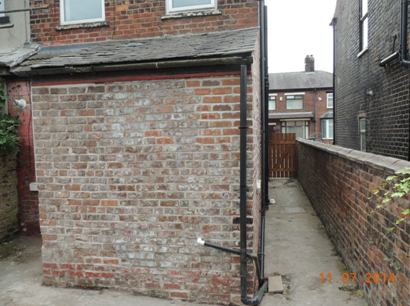This heading covers a vast area and normally refers to the restoration of properties, which are listed as properties of special architectural or historic interest with the local (Listed Buildings and Conservation Areas Act, 1990), but this does not always have to be the case.
When restoring a property it is essential that the surveyor undertaking the survey understands, both the original building systems, such as lime based plaster, pointing, and the structure of the walls and floors, but can also advise and work with the client and the local conservation officer, to provide an end result which is best for all parties including the building itself.
Many people use the term ‘BREATHABILITY‘ when referring to old buildings systems, this is a generalised term, which has been adopted by many, to describe the vapour movement through the structure of the property, or the speed at which the material will dry.
Solid wall properties constructed of stone and brick, will both absorb moisture such as rain, but will also allow moisture vapour to pass through the structure from the inside, which is created by humans, from everyday living, which includes cooking, washing or both clothes and our bodies, if this moisture cannot escape from the property then this results in side effects such as condensation and mould.
Structure
First let’s look at the building material of a typical traditional constructed property in the Oldham – Saddleworth area.
The walls of these properties are typically constructed of two leafs of sand stone with a rubble infill the original mortar being of a lime base, and the internal plaster if applied also being lime. Through stones were installed to tie the two wall structures together and improve stability.


In the photograph on the left the stonework has been damaged due to the incorrect use of a hard cement based strap pointing. The pointing should be considered as sacrificial to the stone and should therefor always be softer, in this situation lime pointing should be have been used.
Lime pointing is more vapour permeable (Porous) and more flexible, so allowing faster evaporation and drying of the structure, it also has the ability to some extent to reseal small cracks, so preventing water ingress, which results in frost damage.
The photograph on the right shows a close up of damage to the stone, the stone has been eroded away by the effects of the weather leaving the hard cement still in place, this will result in water ingress and further damage to the stone.


The photograph to the left shows how cement render applied to a solid brick wall with lime mortar can result is serious damage to the brickwork the render will needs to be stripped away and the wall area repointed using a 3/1 mix of good quality, coarse sharp sand to mature lime putty pointing.

The photograph on the left shows the wall area striped of the cement render and repointed with lime pointing around a week later after some good drying weather, which is very important when undertaking lime pointing work the wall surface has dried down extensively.
All works undertaken by Olympic Construction are undertaken by fully trained and experienced craftsman, our stone masons being registered with English Heritage.
See our information and guidance sheets for more information on lime pointing.
If you have any questions please call us on 0161 633 9860 and we will be happy to answer any of your question.
www.olympic-construction.co.uk


